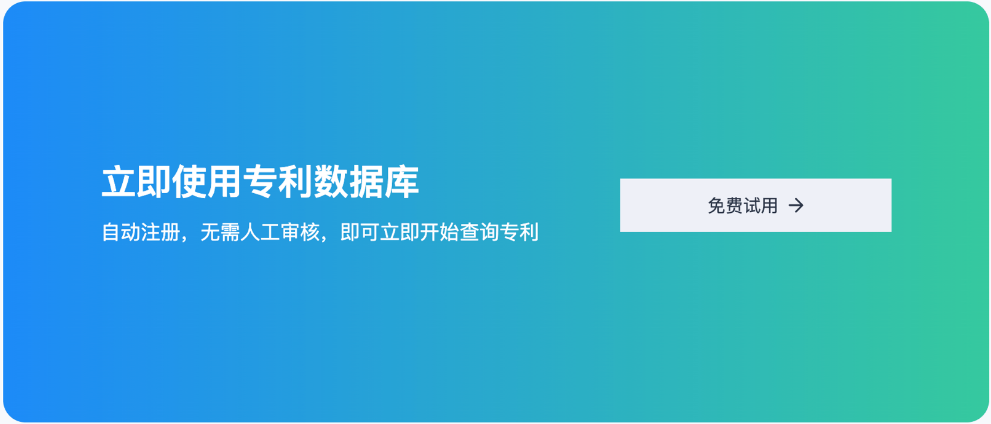Industrial design is a profession that combines aesthetics, engineering, and technology to create products that are functional, innovative, and aesthetically pleasing. The importance of industrial design in product development cannot be overstated, as it plays a crucial role in determining the success of a product in the market. This article will delve into the various aspects of industrial design and its significance in product development.
Industrial Design Process
At the core of industrial design lies the design process, which involves a series of steps aimed at developing a product that meets the needs and desires of the target market. The design process starts with research, where the designer seeks to identify the consumer needs, market trends, and competitive products. This information serves as the basis for creating a design brief that outlines the product's goals, objectives, and design requirements.
Once the design brief is completed, the designer moves on to the ideation phase, where a range of design concepts are generated. The most promising concepts are then selected and refined through sketching, rendering, and basic prototyping. This stage is known as the concept development phase.
Following the concept development phase, the designer moves on to the product development phase. Here, the refined designs are turned into complete product specifications, and detailed engineering drawings are created. Once the product has been manufactured, the final phase of industrial design involves testing and refining the product to ensure that it meets all the expectations of the market and the end-user.
Product Success
Industrial design is a critical component of product success. A well-designed product can differentiate a company's offerings from its competitors, leading to higher sales and greater market share. Good industrial design also enhances the user experience, leading to higher levels of customer satisfaction and loyalty.
Industrial design can also improve the functionality, usability, and safety of a product. For example, ergonomic design principles can be applied to develop products that are more comfortable to use and reduce the risk of repetitive strain injuries. When combined with other engineering and manufacturing processes, industrial design can also contribute to reducing a product's environmental impact by minimizing waste and reducing resource consumption.
Innovation
Industrial design is an essential tool for innovation. By applying innovative design principles and utilizing the latest technologies, designers can create products that offer new features, functions, or capabilities that were previously unavailable. The ability to innovate is often a key factor in determining a product's success. The most successful products are those that offer genuine innovation and meet a previously unmet need in the market.
Designers often use the design process to identify opportunities for innovation and develop new concepts that address these opportunities. These ideas are then refined, developed, and tested through various stages of the design process, resulting in a product that offers a truly unique and valuable proposition to the market.
Conclusion
In conclusion, industrial design plays a crucial role in product development. Through the design process, designers can create products that meet the needs and desires of the target market. Industrial design can improve the functionality, usability, and safety of a product, making it more appealing to potential customers. Furthermore, innovative design principles can be applied to create products that offer new features, functions, or capabilities that were previously unavailable, leading to higher levels of market success. Therefore, companies that prioritize industrial design in their product development process are more likely to succeed in today's highly competitive marketplace.








